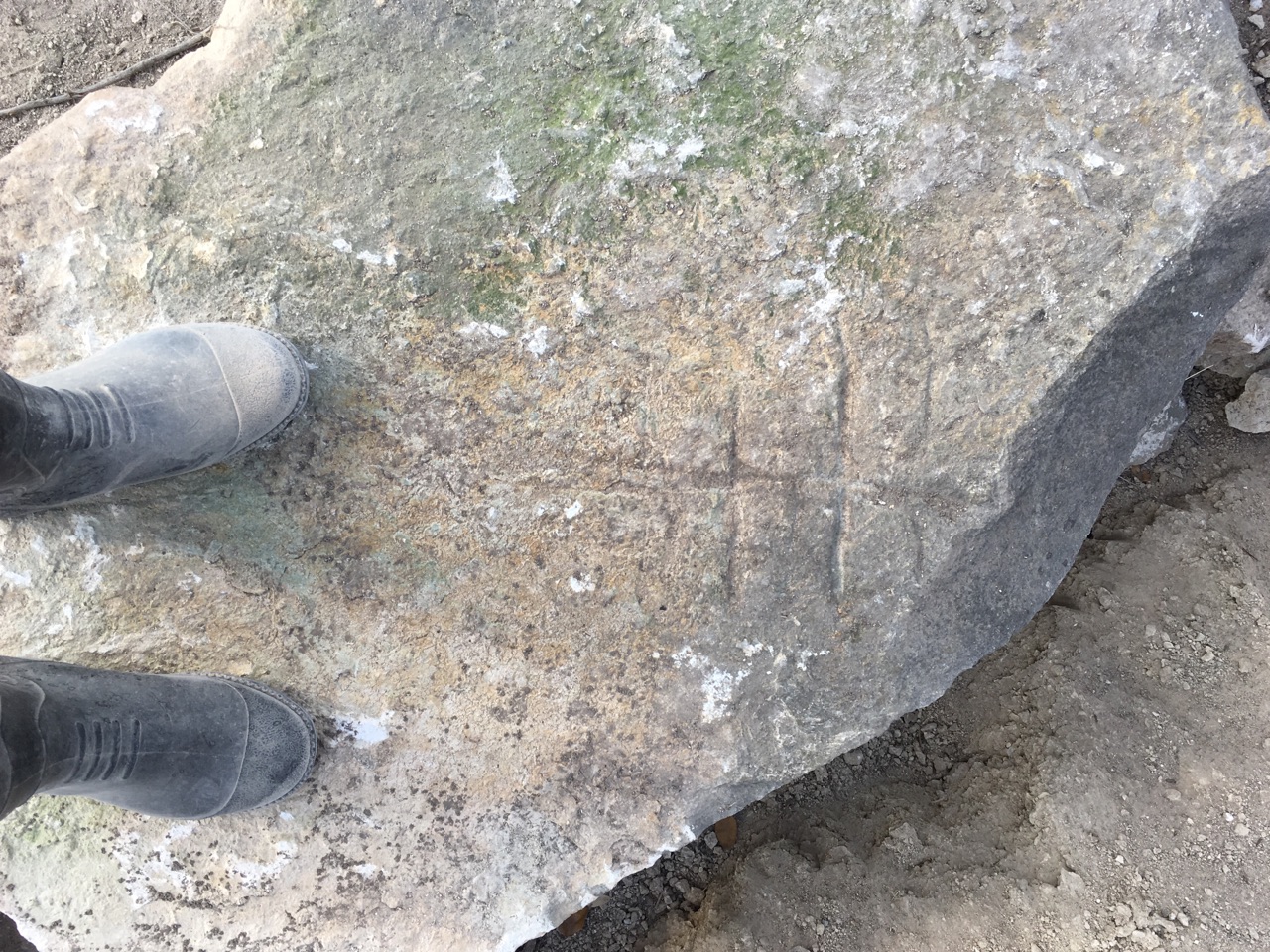About 60 miles southwest of Fort Worth lies Glen Rose, Texas. If you’ve ever driven through Glen Rose, you may have noticed the town has a particular prehistoric theme. In 1908, a flash flood event uncovered dinosaur tracks in the limestone floor of the Paluxy River, a tributary of the Brazos River in Glen Rose. The discovery of the tracks was of some interest, and the discovery of more dinosaur prints in 1934 helped build the buzz, but the trajectory to becoming the Dinosaur Capital of Texas didn’t really take off until 1937 when paleontologist R.T. Bird, with the American Museum of Natural History, identified, documented, and brought attention to the Glen Rose dinosaur tracks. Today, you can bed and breakfast at the Lodge at Fossil Rim or settle into the Best Western Dinosaur Valley Inn Suites. Grab a bite at Fossil Rim Overlook Café and shop at the Stone Hut Fossil Shop. This month, runners can hit their stride at The Mammoth Run and kids can get the prehistoric scoop at the Family Fossil Dig. And who needs the Monster Mash when you’ve got Fossilmania – for three days! – at the end of October?
While Glen Rose is home to Dinosaur Valley State Park, where five main dinosaur track site areas have been mapped, many of you may have property with its own prehistoric story to tell. Finding fossils in Texas is not that unusual but that does not make it every bit as thrilling when one is found. A property owner in Hood County, in North Texas, has built a website – Texas Fossils – to catalog the fossils he’s found on his property and nearby. As noted on the site, “Because this area was under water most of this time, most of what we find are marine life.” One of the sections on the site is dedicated to the found fossils of “fish and sharks”. In North Texas!
In the Texas Hill Country, famed Bamberger Ranch Preserve near Johnson City lays claim to its own dinosaur tracks and fossil beds. A Landmark Wildlife client with property near Bamberger was recently clearing some property and moving rocks when what appears to be a fossil impression was spotted. What the fossil is remains a source of curiosity and debate in the family. There is Team Meganeura, who thinks it looks like the giant “dragonfly” from approximately 300 million years ago that had wingspans ranging to over two feet. Team Ribs thinks the impression shows the rib bones of a smaller prehistoric mammal (so far unidentified). Either way, all have delighted in the discovery, enjoyed playing amateur paleontologists, and the fossil has now gained a prominently displayed position on the property.
The cold weather months are one of the best times of the year to view your land and its features while it’s more exposed. Your property could be a paleontological treasure trove. For you bookish types, there are some fossil guides dedicated to Texas. A Field Guide to Fossils of Texas by Charles Finsley is currently available on Amazon, and Texas Fossils: An Amateur Collector’s Handbook by William H. Matthews III, which was first published in 1960, can be found – for free – and available for download as a PDF.
The Paleontological Society of Austin has a list of equipment on what to bring on a fossil hunting field trip. If you’re on your own property much of the list may not be applicable (and much of it is common sense if you spend any time in the great outdoors), but the following highlights a few good tips no matter where you are (you can read the entire list here):
- Something like an old screwdriver to pry things loose
- Containers for your fossil finds
- Newspaper or tissue to wrap specimens
- Paper and pen to label fossils (note where you found them because you will forget)
- 2” brush for dusting off fossils in the field
- Magnifying lens
What prehistoric story will your property reveal? Did sharks swim where deer now roam? Did Tyrannosaurus hunt prey where turkey now gobble? If you find something good, let us know!









